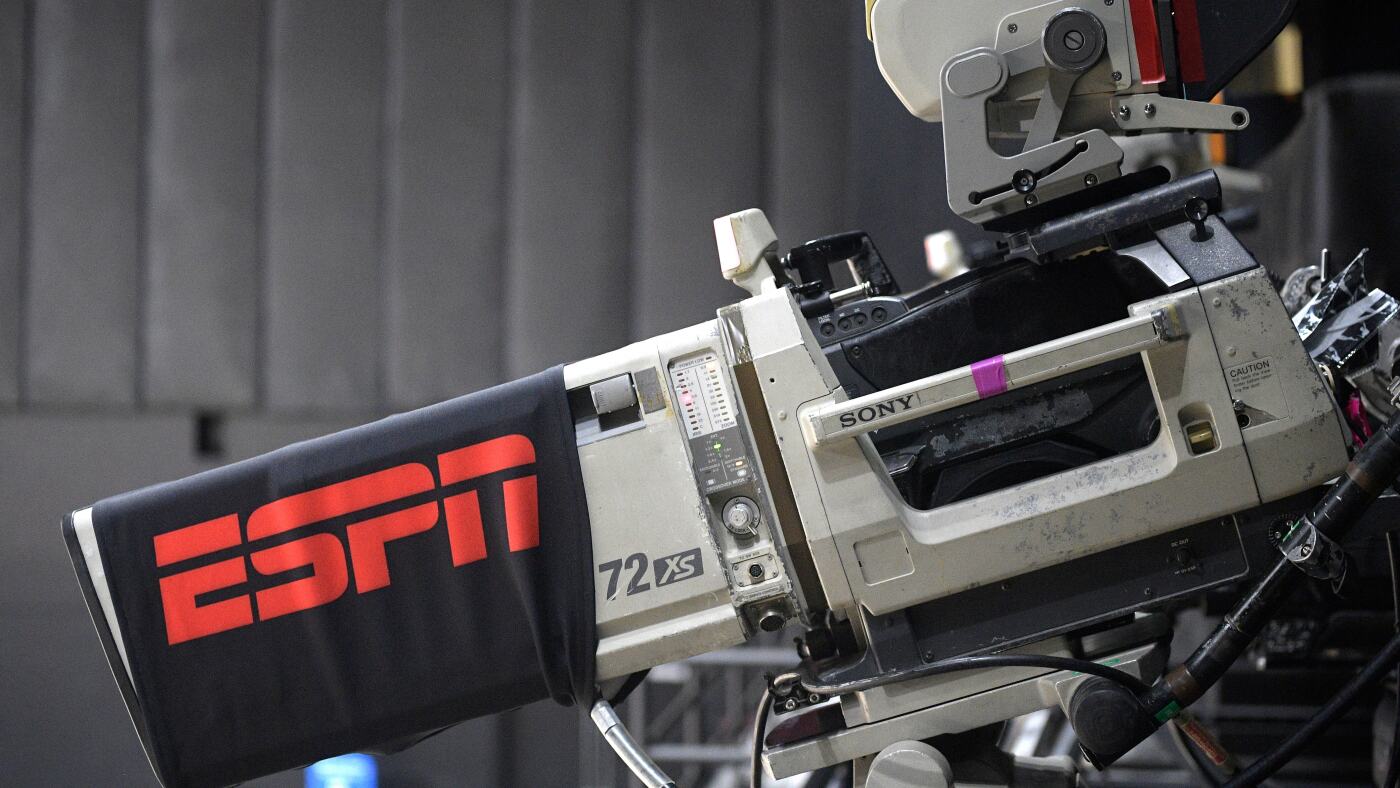“`markdown
ESPN’s Streaming Revolution: Convenience vs. Cost in the Cord-Cutting Era
Introduction
The way we watch sports is changing—fast. ESPN’s new standalone streaming app, priced at $29.99/month, promises to untether fans from cable subscriptions while delivering live games, documentaries, and original programming. But beneath the hype lies a critical question: Does this “game changer” actually save viewers money, or does it just repackage expenses in a sleeker format? The answer isn’t straightforward. While the app offers freedom from bloated cable bundles, its true cost emerges when layered with other streaming services—a reality that could leave budgets strained.
Breaking Down the Price Tag
The Base Cost: ESPN’s Standalone Service
At $29.99/month, ESPN’s app undercuts the average cable bill (which ranges from $50–$100/month) but delivers a narrower scope. Subscribers gain access to ESPN’s linear channels and select live events, but not every league or game. For die-hard fans, this might suffice. For others, it’s just the first piece of a pricier puzzle.
The Add-On Dilemma
Most sports fans don’t live on ESPN alone. To replicate cable’s breadth, they’ll need:
– ESPN+ ($11.99/month or $119.99/year): Covers niche sports, UFC, and out-of-market games.
– League-Specific Apps (e.g., NFL Sunday Ticket, NBA League Pass): These can add $10–$30/month.
– Entertainment Bundles: ESPN’s $35.99/month trio (Disney+, Hulu, ESPN+) is a better value but still pushes totals higher.
Total Potential Cost: A fan subscribing to ESPN’s app, ESPN+, and a league package could hit $61.98/month—on par with mid-tier cable.
Who Wins—and Who Pays?
The Target Audience
– Cord-Cutters: Younger, tech-savvy viewers who prioritize flexibility over cost may embrace the app, especially if they’ve already ditched cable.
– Budget-Conscious Fans: Those seeking savings might balk. Without careful curation, streaming costs can snowball.
– Sports Superfans: For viewers who crave every game, the app’s limitations could force them to keep cable—or pile on supplements.
The Hidden Trade-Offs
– No More Regional Sports Networks (RSNs): Missing local games? That’s another $20–$30/month for services like Bally Sports+.
– Internet Costs: Streaming relies on robust (and often expensive) internet plans, adding $50–$100/month to the tally.
The Bigger Picture: Cable’s Decline and Streaming’s Rise
ESPN’s move reflects a broader industry shift. Cable subscriptions have dropped by 50 million households since 2012, while streaming now dominates. But as à la carte services multiply, consumers face a new problem: subscription fatigue. The dream of “saving money by cutting the cord” often collides with reality—unless viewers ruthlessly prioritize.
Conclusion: Is the App Worth It?
The Bottom Line
ESPN’s streaming app isn’t a silver bullet. It’s a trade-off:
✅ Pros: No contracts, no cable bloat, and on-demand access.
❌ Cons: Costs add up quickly, and key content may still require extra subscriptions.
For now, the app is best suited for:
– Fans who only want ESPN’s core offerings.
– Households that already subscribe to Disney+ or Hulu (making the bundle a smarter play).
The future of sports viewing is undeniably streaming-first. But as the market fragments, consumers must weigh convenience against cost—or risk paying more for less. The real winner? Flexibility. The loser? Anyone who doesn’t read the fine print.
“`











